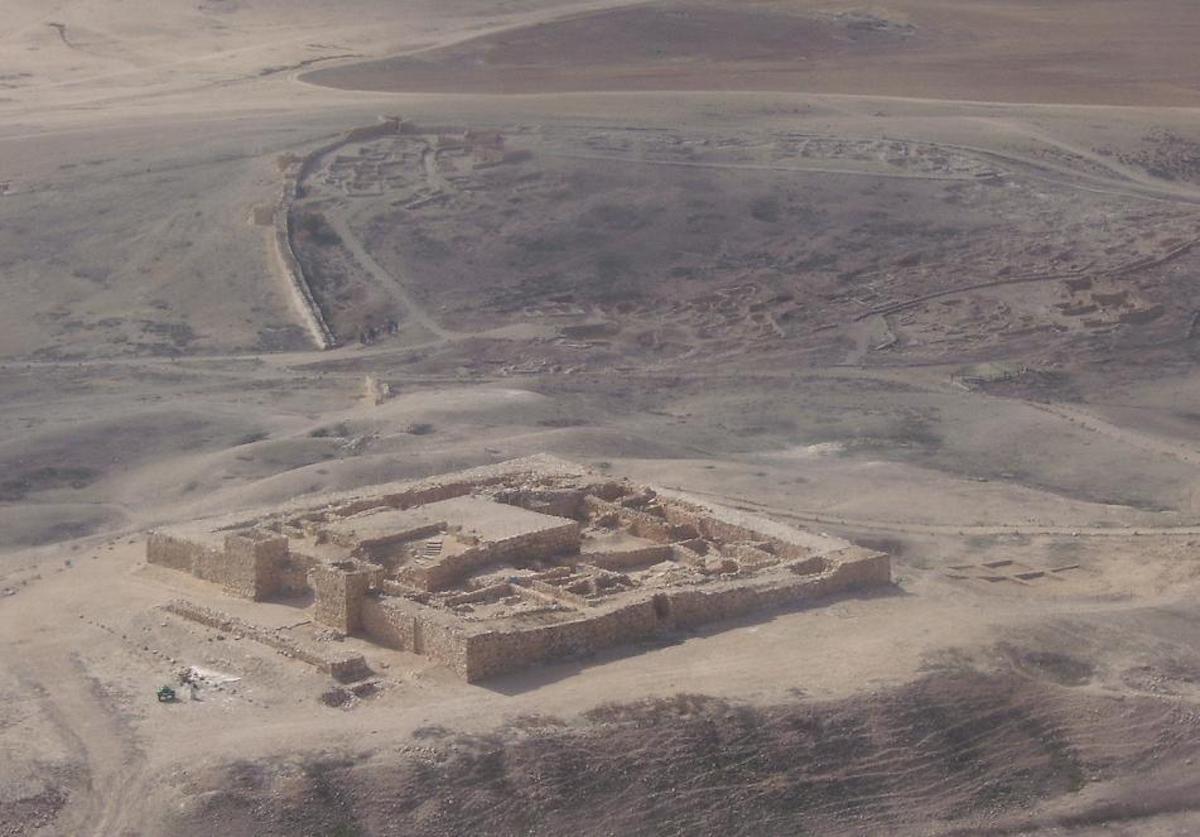Evidence of Ancient Cannabis Use Found at Biblical Site in Israel
FeaturedTrending Stories May 30, 2020 MJ Shareholders 0

Researchers studying two altars from an ancient shrine in Israel have discovered that cannabis was used in religious rituals at the site. The discovery is the earliest evidence of cannabis use in the Ancient Near East, according to authors of a study published Thursday in the archaeological journal Tel Aviv.
The researchers studied residue from two limestone altars that were discovered in 1963 at the entrance to the “Holy of Holies” of a Judahite shrine devoted to Yahweh, the Hebrew name for God used in the Bible. The site, which was built in approximately 750 BCE and used for only about 35 years, is part of Tel Arad, an archaeological mound located in Israel’s Beersheba Valley west of the Dead Sea.
The tops of both altars contained residue that archaeologists at the time of discovery attributed to the ritualistic use of incense. Chemical analysis of the residue conducted more than 50 years ago to determine the source of the residue had been inconclusive.
Eran Arie, the lead author of the study and curator of Iron Age and Persian Periods archaeology in the Israel Museum, Jerusalem, realized that the residue on the altars, which have been on display since 1965, was still intact when the exhibit was moved between 2007 and 2010. About two years ago, he realized that more modern techniques including liquid chromatography and gas chromatography could be used to analyze the residue again.
The residue from the smaller of the two altars was found to contain the cannabinoids THC, CBD, and CBN. Fatty acids and hormones that researchers attributed to a mammalian source and evidence of animal feces were also discovered. The second altar contained terpenoids associated with frankincense and further evidence of animal fat of a mammalian origin.
Researchers Surprised by Discovery
Arie said that the discovery of cannabis residue came as a surprise to the researchers.
“We know from all around the Ancient Near East and around the world that many cultures used hallucinogenic materials and ingredients in order to get into some kind of religious ecstasy,” he told CNN.
“We never thought about Judah taking part in these cultic practices. The fact that we found cannabis in an official cult place of Judah says something new about the cult of Judah,” Arie added.
The researchers believe that cannabis resin was mixed with the dung and fat and ignited to achieve a slow, smoldering burn that would produce smoke conducive to group inhalation. Although the frankincense was likely burned on the larger altar as incense, Arie believes that the cannabis was burned for its psychoactive effect rather than its aroma.
“If you really wanted only the odor or the fragrance of cannabis, you could’ve burned sage,” he said. “Only when you are burning cannabis are the [psychoactive ingredients] released into the air. So it’s not a matter of smell like with the frankincense; it’s a matter of the ecstasy and the hallucinogenic effects from the burning cannabis.”
The authors of the study wrote that they are unsure how cannabis made its way to Tel Arad. But because no cannabis seeds or pollen have been found at archaeological sites in the Ancient Near East, they theorize that it was imported to the area as hashish.
MJ Shareholders
MJShareholders.com is the largest dedicated financial network and leading corporate communications firm serving the legal cannabis industry. Our network aims to connect public marijuana companies with these focused cannabis audiences across the US and Canada that are critical for growth: Short and long term cannabis investors Active funding sources Mainstream media Business leaders Cannabis consumers











No comments so far.
Be first to leave comment below.